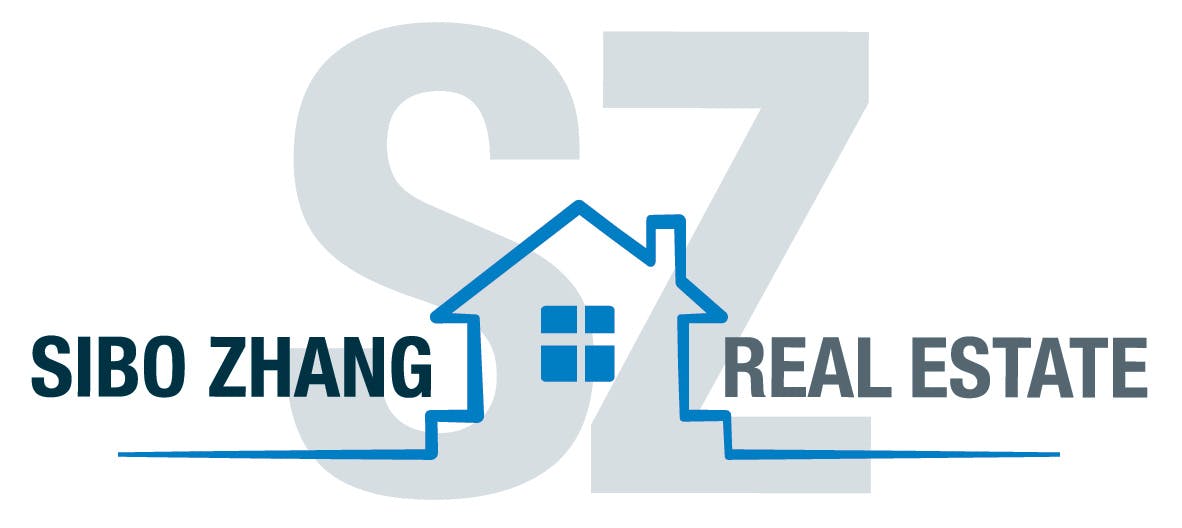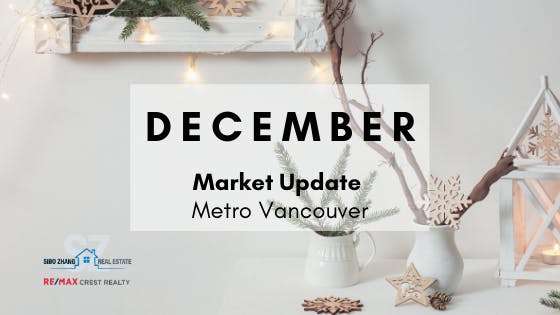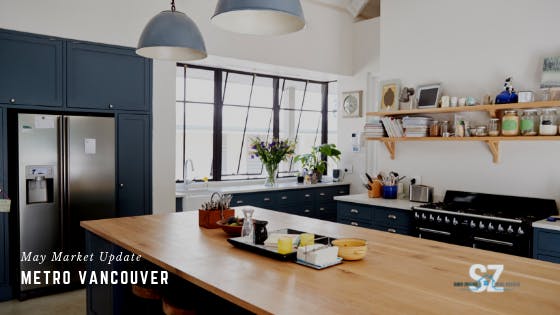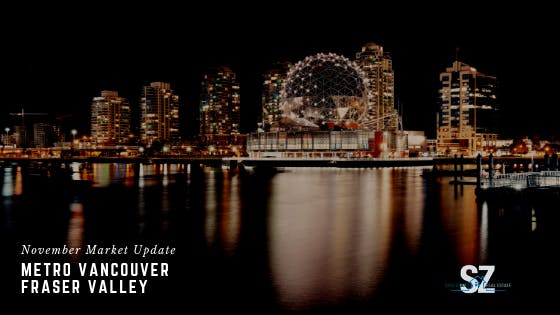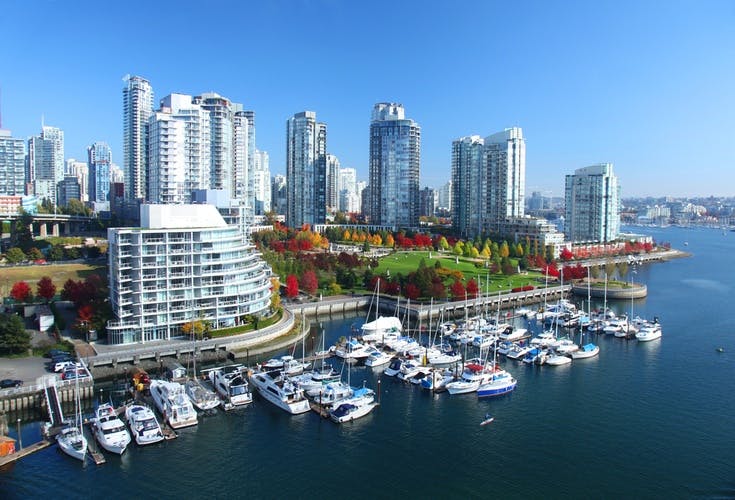As we approach the end of 2019, it’s a natural time to wonder what the New Year will bring. Let’s look first at what the past year tells us. Over the past 12 months we’ve had a 4.0 per cent decline in the composite benchmark price for residential properties in Greater Vancouver, and an increase in sales. Total residential sales at the end of November were over 55 per cent higher than one year ago. At the same time, the number of listed homes at the end of November was 10,770, a drop of nearly 13 per cent from November 2018. With lower inventory but increased demand, one would think that prices would have moved up, not down. So how do we account for this peculiar phenomenon? I suggest the primary reason is the ongoing trend in declining prices has been mainly a function of the market correction since government measures were put in place in 2018. So, the question on everyone’s mind is when will prices begin moving upwards again? The answer is, they already have, in some areas. The composite benchmark in Burnaby East, for example, has seen an increase of 1.5 per cent in the past three months; in the same period, Port Coquitlam has increased 1.4 per cent and Vancouver East has increased 1.0 per cent.
Overall, market watchers generally agree that home prices in Greater Vancouver have returned to a level in line with typical prices for the region. Because composite benchmarks are comparative averages, it’s important to look at specific areas to track the monthly price fluctuations. And even here you will find some minor increases and decreases which can be due to the current demand in a particular area. One metric you may also want to keep your eye on at this time is the composite benchmark price for residential properties across all of Metro Vancouver. It is currently $993,700, still below the $1-million mark, which I have often pointed out is an important psychological threshold for both buyers and potential sellers. Over the past six months, this benchmark has declined 1.3 per cent, which may be a reason why new listings have also declined. Since the composite benchmark is made up of individual benchmarks in the region, it can begin moving upwards with slight changes in areas that have shown modest declines. If you are thinking about buying, it’s probably best to make an offer before this happens. The New Year appears to be ready to start with stable market prices, but there is always growing demand for homes we may see a broader range of price increases. If you are thinking of buying, it’s a good time. My selected benchmarks below can help you with the current prices in each property type.
Detached Homes
The benchmark price for a single-family detached home in Greater Vancouver at the end of November was $1,415,400, an increase of 0.3 per cent from the preceding month. The extremities of this average were Vancouver West (not West Vancouver) at $2,904,200 and Sunshine Coast at $588,000. (Note I include the Sunshine Coast only as a factor in the average, but do not report on housing prices in this area because it is to far away for my clients). The three municipalities closest to the benchmark on the higher side of the average were: Burnaby South at $1,486,200, an increase of 0.3 per cent from the preceding month; Richmond at $1,490,800, a decrease of 0.7 per cent from the preceding month; and North Vancouver at $1,497,500, an increase of 2.2 per cent from the preceding month. The three municipalities closest to the benchmark on the lower side of the average were: Port Moody at $1,395,400, an in crease of 0.1 per cent from the preceding month; Burnaby North at $1,380,700, an increase of 1.1 per cent from the preceding month; and Vancouver East at $1,377,100, an increase of 1.2 per cent from the preceding month.
Townhouses
The benchmark price for a townhouse in Greater Vancouver at the end of November was $772,800, an increase of 0.2 per cent from the preceding month. The extremities of this average were Vancouver West (not West Vancouver) at $1,133,900 and Maple Ridge at $529,200. The three municipalities closest to the benchmark on the higher side of the average were: Vancouver East at $861,200, an increase of 1.0 per cent from the preceding month; North Vancouver at $937,100, an in crease of 0.1 per cent from the preceding month; and Vancouver West (not West Vancouver) at $1,133,900, an increase of 1.8 per cent from the preceding month. The three municipalities closest to the benchmark on the lower side of the average were: Burnaby South at $789,600, a decrease of 0.6 per cent from the preceding month; Richmond, at $766,400, a decrease of 0.9 per cent from the preceding month; and New Westminster at $735,400, an increase of 1.5 per cent from the preceding month.
Condominiums
The benchmark price for a condominium in Greater Vancouver at the end of November was $651,500, a decrease of 0.2 per cent from the preceding month. The extremities of this average were West Vancouver at $1,022,700 and Maple Ridge at $347,300. The three municipalities closest to the benchmark on the higher side of the average were: Burnaby East at $718,100, an increase of 1.8 per cent from the preceding month; Vancouver West at $750,400, a decrease of 0.5 per cent from the preceding month; and West Vancouver at $1.022.700, a decrease of 2.5 per cent from the preceding month. The three municipalities closest to the benchmark on the lower side of the average were: Burnaby South at $647,300, an increase of 0.3 per cent from the preceding month; Port Moody at $629,700, a decrease of 0.2 per cent from the preceding month; Richmond at $627,100, an increase of 0.3 per cent from the preceding month.
Merry Christmas and Happy New Year
Your home is a special place and even more appreciated when it can be enjoyed with friends and neighbors this festive season. My family and I wish you a safe and merry holiday season, and best wishes for the New Year.
Thanks for reading!
Sibo Zhang, REALTOR®
